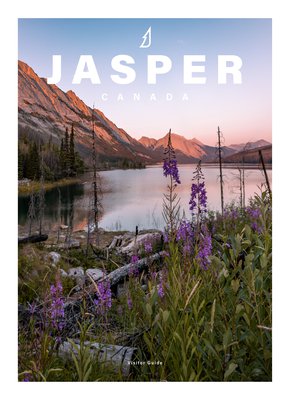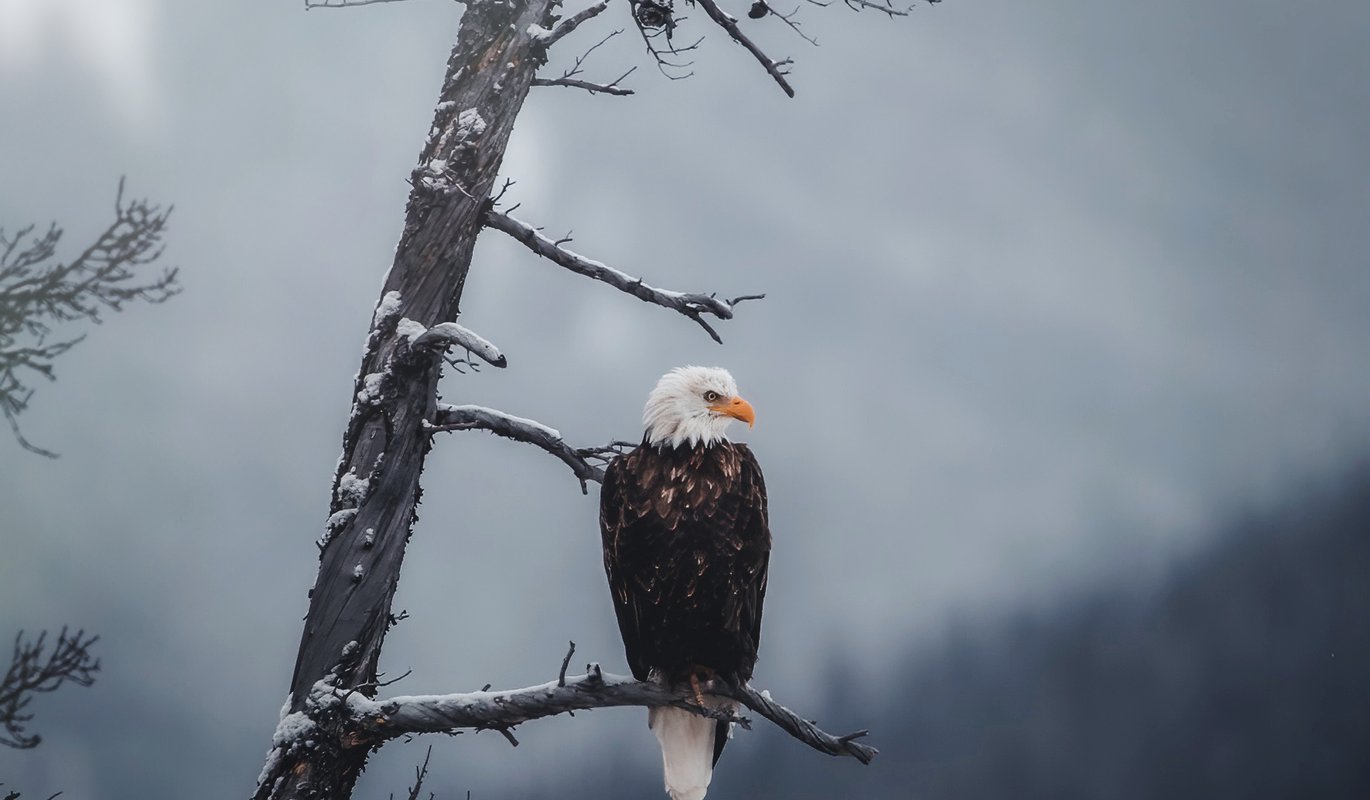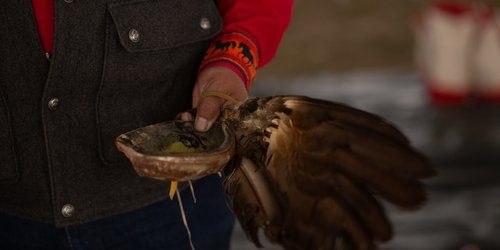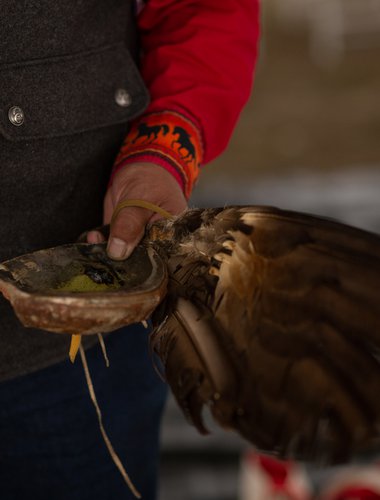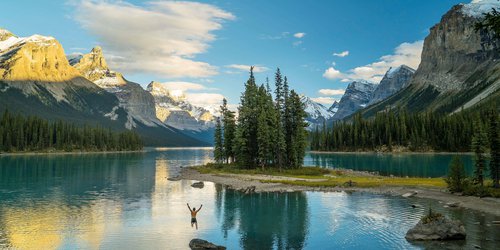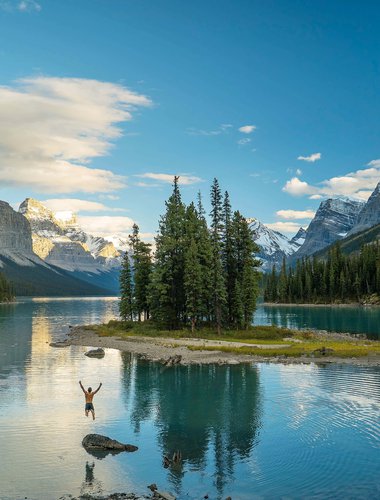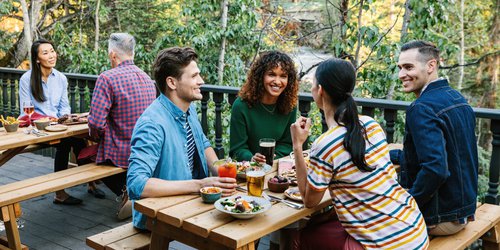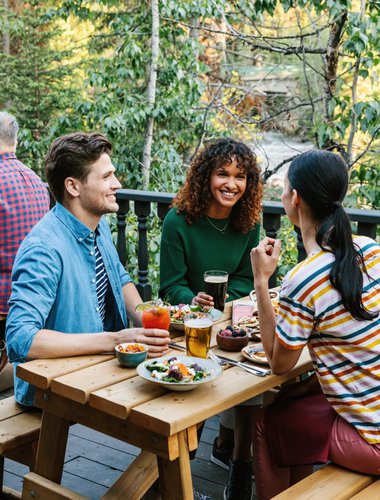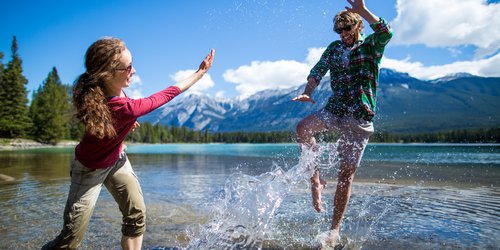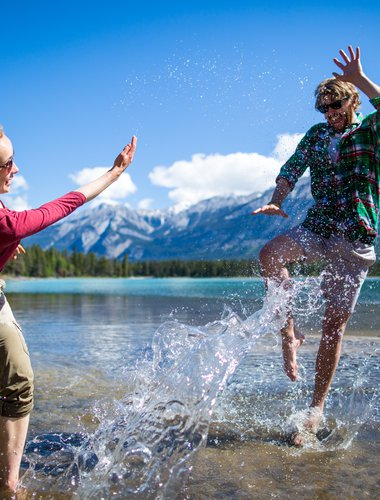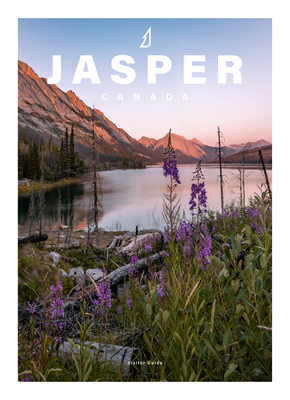About the author: Seth Macey is a wildlife and landscape photographer from Ontario who frequently takes his travels and camera to Alberta’s parks. He is also host of the “Photographer Mindset Podcast” and an advocate for how we can be less impactful on animals and their habitat while still viewing them in the natural world.
───────────────────────────────────────────────
It seems that every day more stunning images of wildlife circulate on social media, garnering tremendous praise and recognition for the photographers. Against this backdrop of constantly refreshed newsfeeds, it's not surprising that many are tempted to go to extreme lengths to “get the shot” and stand out. But it’s important for photographers of all skill levels to understand the difference between ethical and unethical wildlife photography practices. Otherwise we risk threatening the existence of our animal subjects.
When done well, wildlife photography can inspire people to reconnect with nature and to live more harmoniously with its non-human habitants. But audiences sometimes forget that there are two sides to a camera; what happens behind the viewfinder has an impact too.
A golden rule: If you get the sense that you're doing something wrong, you probably are. Ethics in photography is not always black and white, but there are some simple guidelines we can all follow that will help preserve the park’s native species for generations to come.
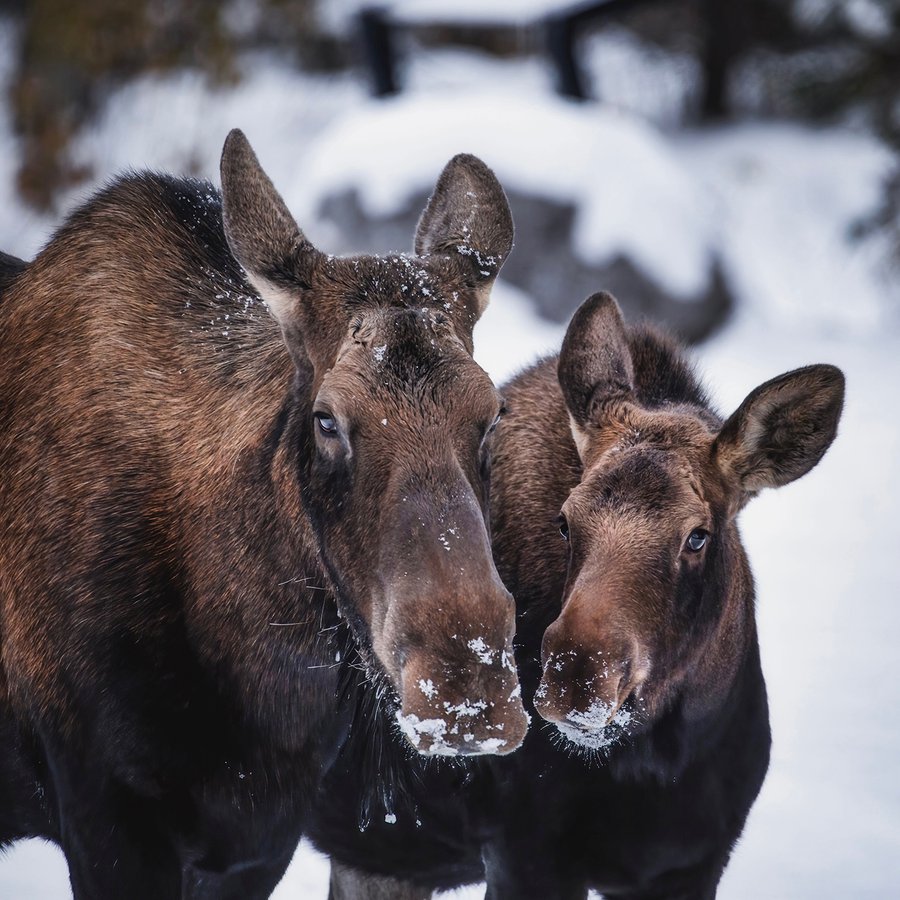
Seth Macey | @sethmacey
Avoid Habituating Animals
Wild animals are meant to be just that. Wild. The moment an animal is offered food, whether in exchange for a photo or not, is the moment that foundational concept falls apart. The phrase “a fed animal is a dead animal” is true for a couple of reasons. Animals that become too comfortable around humans tend to become a threat to human safety. They will start to wander too close to people and will often act aggressively to get food. Relocating the animals doesn’t always work to undo habituative patterns, at which point park officials must destroy the animal. Also, wildlife may begin to rely on humans providing them with food. If there was a period when people stopped feeding them, their longevity would be in trouble.
Feeding animals from your car also spells potential disaster for wildlife as they begin to associate roadways with food. Not only does it put animals at risk of becoming roadkill, but it endangers human life by increasing the potential for serious collisions. Keep in mind that it is illegal to feed wildlife in national parks including Jasper National Park for these exact reasons. You can be fined up to $25,000 from Parks Canada for doing so.
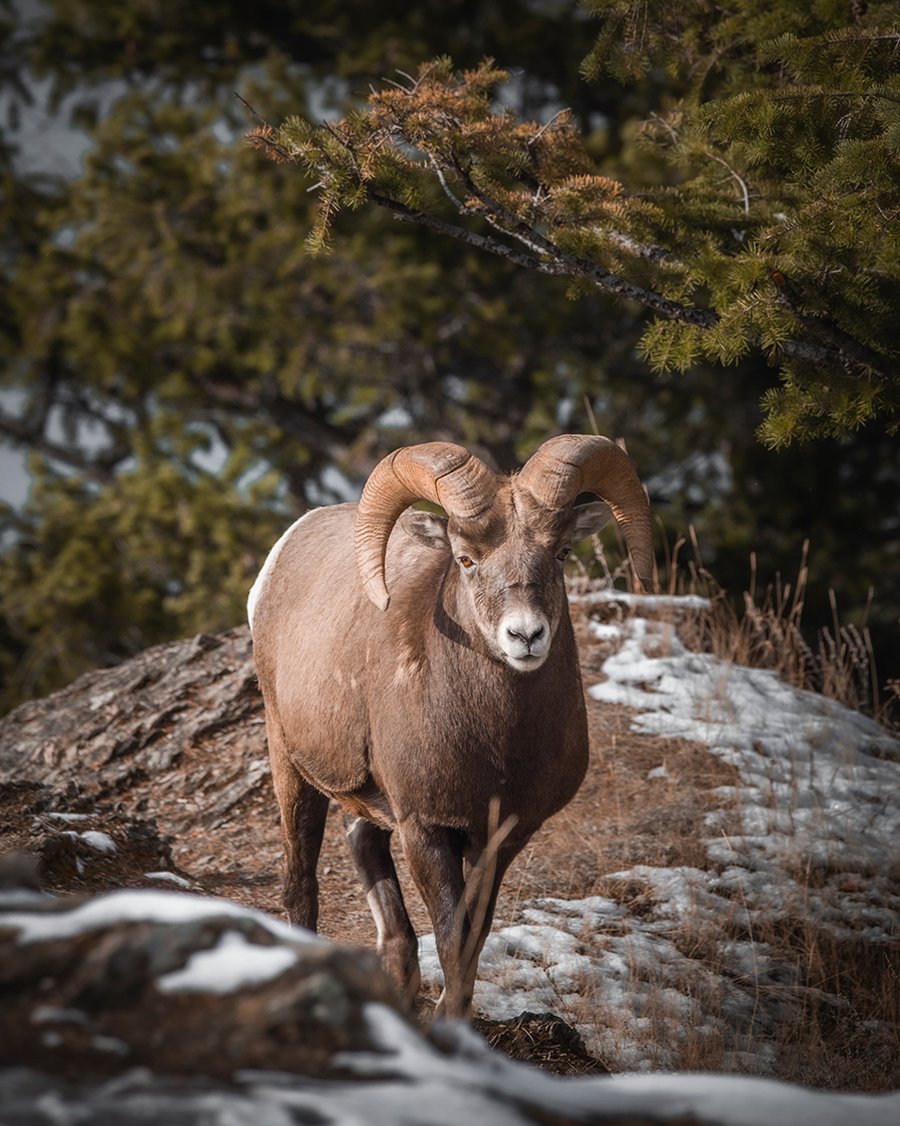
Seth Macey | @sethmacey
Respect the Area
This is a very important but often forgotten concept. When taking a shot, we must be aware that relocating for a better angle isn’t always best. It often involves trampling vegetation that animals rely on for food and shelter. Before you move, check whether the path will be a destructive one.
Respecting the area also means not acting in any way that would cause the animal to stop being its wild self. For example, if your actions or proximity caused an animal to cease eating or hunting prey, then the action is a negative one.
If you ever get the sense an animal is uncomfortable, it’s time to step away and respect its boundaries. Before entering the park or heading out with the intent of capturing wildlife photographs, it is worthwhile to read up on how animals in the area tend to behave so that signs of stress or discomfort can be spotted easily. We don’t want to stop going out and taking beautiful pictures, we just want to do it in the most respectful and least impactful way possible.
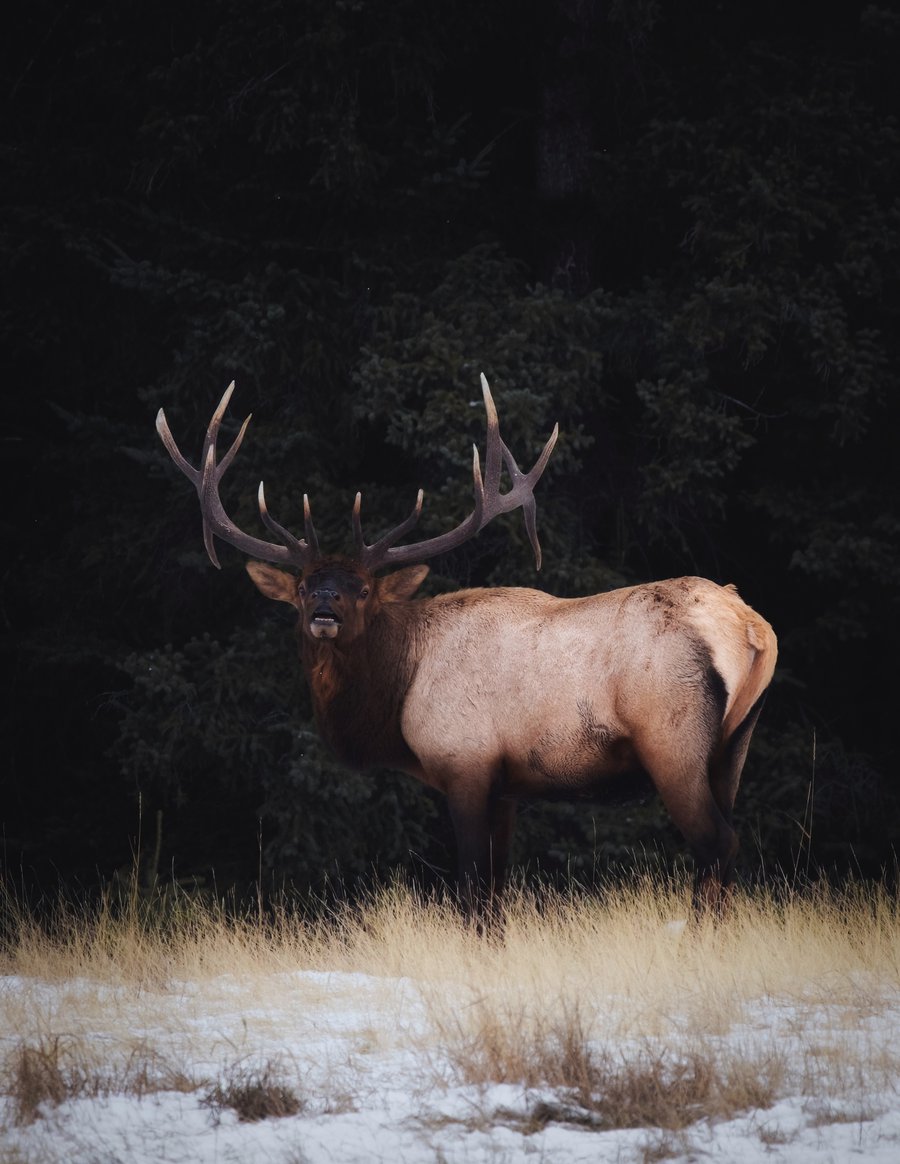
Seth Macey | @sethmacey
Embrace and Follow Park Rules
In Jasper National Park and all other national parks, it is important to follow the guidelines and rules set in place. They are there to ensure the best experience possible for both visitors and the wildlife. One of these rules involves maintaining the proper distance away from certain species. This distance is modified for different kinds of species and guidelines can be found here from Parks Canada. Animals that feel threatened at a short range will defend themselves and can instinctively harm a human that has gotten too close. No selfie is worth getting attacked by an aggravated animal.
Drones are also prohibited in national parks and pilots can face a fine of up to $25,000. The effects on wildlife are also quite negative. Stress levels in animals increase and it drives them to stop performing their normal wild functions such as resting, eating, or mating. Aside from this, a drone crash or fly away may allow the drone to be discovered by animals. It also drives humans to go recover their drone which can result in trampling into and over sensitive ecological areas.
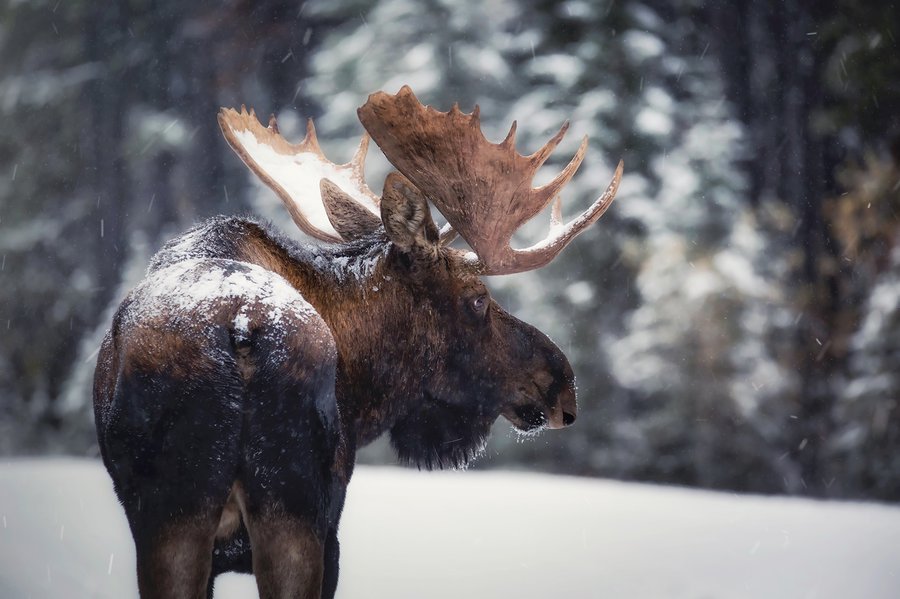
Seth Macey | @sethmacey
Be Transparent and Advocate for Transparency in Social Media Posts
Properly and truthfully captioning and tagging a wildlife image before it’s posted plays a huge role in ethical practice. It is important to disclose, for example, whether an animal was photographed at a sanctuary or whether it is truly wild. If you posted a beautiful close-up portrait of a wolf at a sanctuary but decline to mention where the photo took place, people may feel it’s okay to get close to a wild animal or go to greater lengths to get a similar image. Transparency helps prevent that unethical inclination.
Another beneficial thing to do in captions is to state the focal length of your camera. For example, saying “shot at 600mm” tells viewers and other photographers that this image was shot from a distance. Using the words “cropped in” could serve the same purpose. It may inspire other photographers aiming to get similar shots to purchase the gear that will allow them to photograph from a distance.
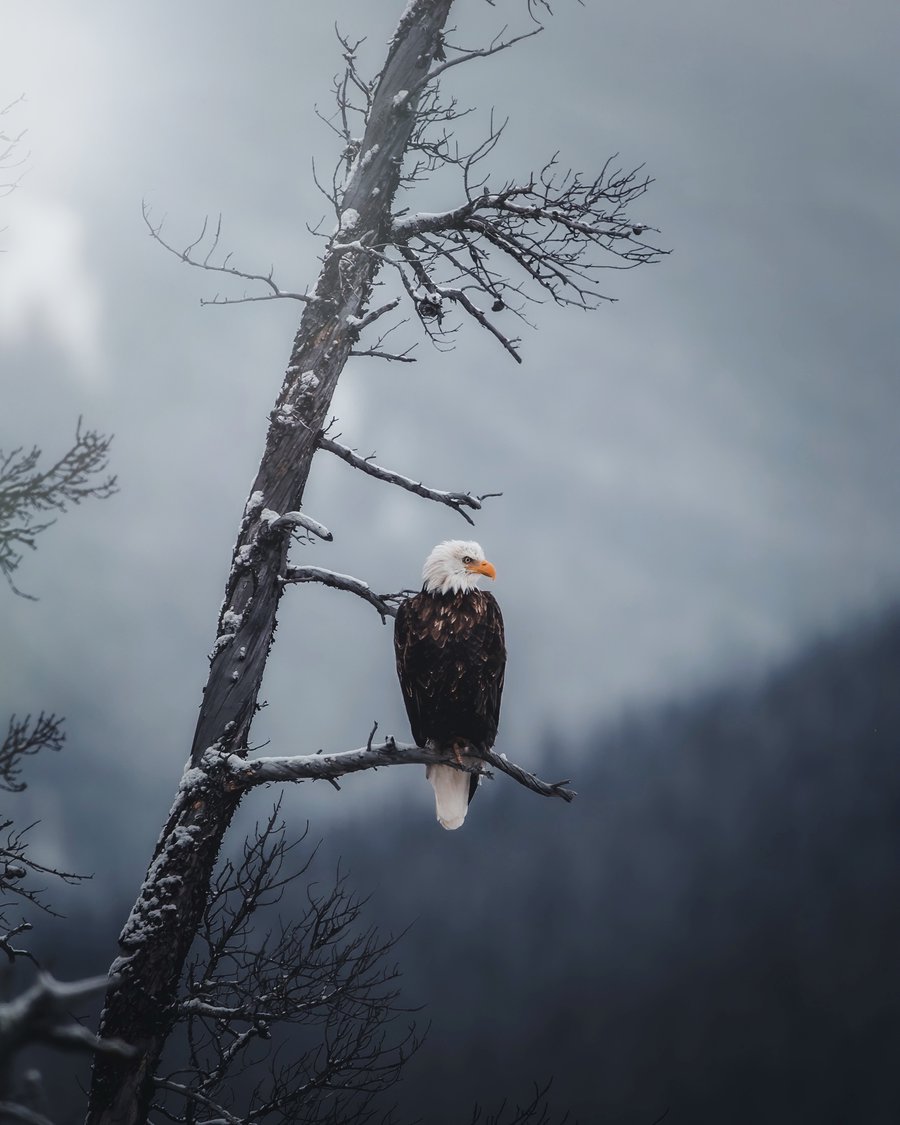
Ask Questions and Uphold a Standard
Speak up and ask questions in the comments sections of photographers that you follow. Ask them how they acquired a certain shot. If they dodge your question or aren’t very clear, chances are you may be viewing images that has been captured unethically. This doesn’t mean you need to grill and blast every photographer in their DM’s and comment section, but asking “how?” when an image piques your interest is good practice.
Try to support photographers who you know behave ethically and treat animals with respect. Vote with your thumbs! When we 'like' a particular photo or follow a certain person, we’re encouraging more of that behaviour, be it positive or negative. Save your attention, comments and saves for ethical wildlife photographers.
This is a start into the often-subjective world of wildlife photography ethics. Half the battle is developing self-awareness. A great photo is never worth the expense of a wild animal’s quality of life.
